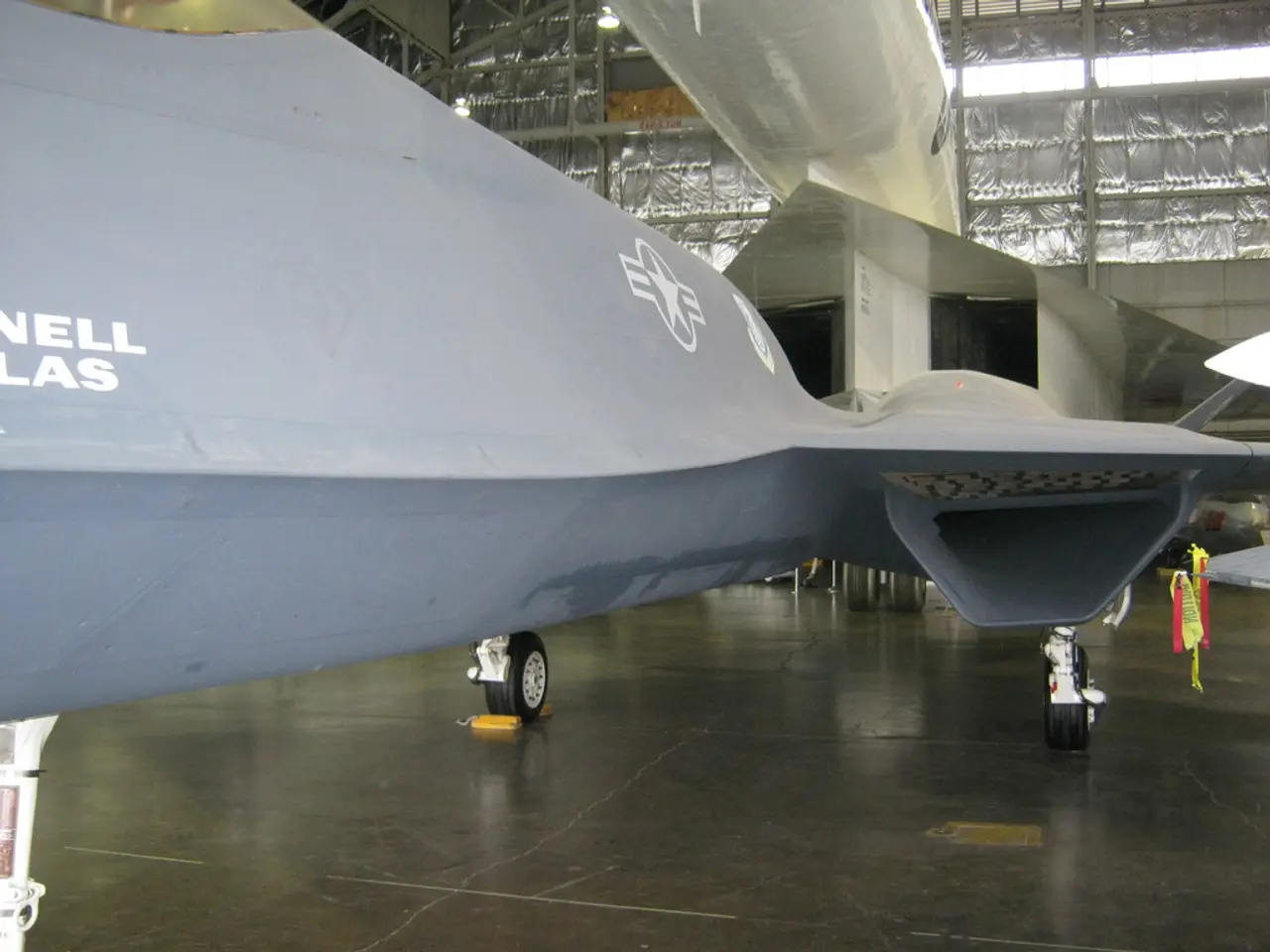Federal Authority Issues Directive on Overriding Local Drone Laws
The Federal Aviation Administration (FAA) has published a new document outlining the federal authority over airspace and the scope of FAA preemption on the topic of UAS regulations. This document provides valuable insights into the legal landscape for UAS operations, offering clarity on the conflict between federal and local laws.
As UAS, or drones, are classified as aircraft, the rule on preemption also applies to UAS regulations. This means that state and local governments cannot enact regulations that conflict with FAA rules concerning the operation, certification, and safety of UAS in national airspace.
The FAA has been vested with exclusive regulatory authority over airspace use, management, and efficiency; air traffic control; safety; navigation facilities; and aircraft noise at its source. This authority extends to UAS operations, ensuring a unified regulatory framework nationwide.
The FAA enforces these federal preemption rules through several mechanisms. Certification and Regulation involves issuing pilot certifications and ensuring operators comply with safety rules and performance standards. Airspace Authorization controls access to controlled airspace, requiring prior authorization often enabled through the Low Altitude Authorization and Notification Capability (LAANC) system. Temporary Flight Restrictions (TFRs) are issued to restrict flights in specified areas for emergencies, special events, or security reasons. Operational Requirements regulate drone operations, including Beyond Visual Line-of-Sight (BVLOS) flights and future frameworks like the Unmanned Aircraft System Traffic Management (UTM) system. Finally, Compliance and Enforcement Actions involve investigating unsafe or non-compliant UAS operations, issuing warnings, fines, or revoking certifications.
The document by the FAA provides clarifications on preemption issues related to state and local drone laws and can be a great tool for lobbying with local policymakers. It offers examples of state or local laws that would be subject to federal preemption, including those regulating UAS operations, UAS traffic control systems, UAS markings, licensing for UAS pilots, education or training for UAS pilots, and safe manufacturing of UAS.
If you believe that there are state and local laws that are subject to federal preemption and need help appealing on your behalf on the topic of local UAS regulations, you can send an email to contact@our website. The FAA continues to conduct outreach efforts to Federal, state, and local law enforcement agencies on the enforcement of UAS regulations and has established the Law Enforcement Assistance Program (LEAP) to provide a resource for aviation-related education to law enforcement agencies.
Preemption is a legal concept that refers to federal law displacing or preempting any state or local law should the two come in conflict. This concept is crucial in maintaining safety, security, and efficient management of the national airspace for all UAS operators. The FAA's clarification on federal preemption issues related to UAS regulations is a significant step towards establishing clear standards for UAS operations.
References: [1] FAA, "FAA's Authority Over State and Local Drone Laws," [FAA website], [accessed 2022-03-15]. [2] FAA, "Small UAS Rule: Part 107," [FAA website], [accessed 2022-03-15]. [3] FAA, "B4UFLY Mobile App," [FAA website], [accessed 2022-03-15].
In line with the FAA's exclusive regulatory authority over airspace, the rule of preemption applies to drone (UAS) regulations, preventing state and local governments from enacting laws that contradict FAA rules governing their operation, certification, and safety. The FAA's enforcement mechanisms encompass certification and regulation, airspace authorization, temporary flight restrictions, operational requirements, and compliance and enforcement actions, particularly in relation to drone operations, UAS traffic control systems, UAS markings, pilot licensing, education, training, and safe manufacturing.




